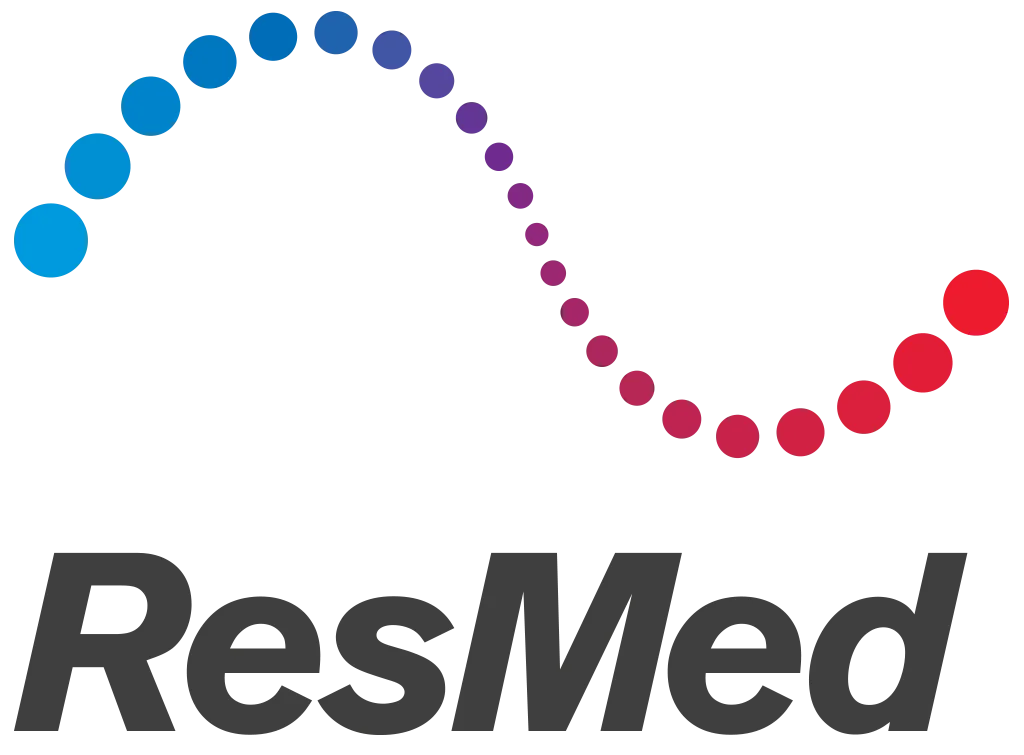Federal Circuit Affirms: No Enhanced Damages Against Willful Infringer Who Intentionally Copied

The Federal Circuit last week affirmed a district court’s denial of enhanced patent infringement damages in Sociedad Espanola de Electromedicina y Calidad v. Blue Ridge X-Ray Co., limiting the total damages to just the $852,000 jury award.
In a previous summary of post-Halo cases, we noted the remarkable facts in the underlying trial: the defendants were found to have intentionally copied the plaintiff’s patented design for an x-ray generator and the jury decided that they willfully infringed, but the court declined to award enhanced damages. Instead, the court decided that a brief patent analysis by a senior engineer in Korea was a sufficiently reasonable investigation per Halo. Incidentally, according to the plaintiff this engineer “admitted unfamiliarity with basic patent law concepts such as anticipation and claim construction” and “used a Korean-English dictionary to help him review the English language patent."
Now, we have long advocated that early competitive patent investigation (e.g., freedom to operate) is not only good for innovation but is also a critical component in helping avoid enhanced damages due to willfulness, but this case was still somewhat surprising. After reading through the appellate briefs, the picture is slightly clearer but it suffices to say that we would not recommend modeling your patent diligence policies after this non-precedential case.
We recommend, at a minimum, that the early patent analysis is performed or reviewed by at least one individual who has a fair degree of competence in both the relevant technical field as well as in basic principles of patent law and claim interpretation. That said, this case is still a testament to the broad notion that early patent investigation is looked upon very favorably by courts when deciding on enhanced damages.
What might have happened here?
Based on pure conjecture and without cynicism, I think this case is simply an example of judicial efficiency trumping process. Sure, the plaintiff had a fairly strong willfulness case, but it was also awarded reasonable royalties well in excess of what it actually argued at trial. The final $852,000 jury verdict is nearly three times as much as the highest amount of reasonable royalty damages argued at trial -- $297,500. In fact, these excess damages were the subject of the defendant’s JMOL and subsequent cross-appeal at the Federal Circuit.
The district court (and the Federal Circuit, in turn) could have felt that, yes, the jury should not have awarded damages that were so far beyond the argued amount. But the plaintiff did have a pretty good willfulness case, which could have ended up tripling damages in any event. The resulting competing motions, defendant’s motion to reduce the damages verdict and the plaintiff’s request for enhanced damages, each had merit and would have essentially canceled each other out.
Also of note is that it appears that the above-noted characterizations of the engineer’s analysis (unfamiliarity with patent law and consulting a Korean-English dictionary) were not admitted as evidence at trial, so were not considered by the trial court in deciding the motion for enhanced damages.
Conclusion
I don’t want to overstate any takeaways from this particular case because it was, after all, a non-precedential Rule 36 summary affirmance (decision without opinion), but it is still useful and instructive.
The general takeaway is that the Federal Circuit found no abuse of discretion when a trial court denied awarding enhanced damages even when the jury found that the defendant willfully infringed and intentionally copied the plaintiff’s design. The trial court afforded a great deal of weight to the early pre-suit investigation by a senior engineer even though the only evidence of that investigation was a single undated document that included a very brief analysis and conclusion of non-infringement regarding the patent-in-suit.
In practical terms, Sociedad Espanola remains consistent with and supports these best practice points for patent diligence:
- Certain patents can carry increased risk and should be investigated as soon as practicable after they become known within an organization. Factors that lead to increased risk include, for example, ownership by a close competitor, ownership by a litigious entity, or close proximity in a technical space.
- The investigation should be performed, either primarily or secondarily, by a person or people with sufficient technical and legal competence. Cases have supported the notion that analysis by an engineer can be sufficient as a “reasonable investigation.” Out of further caution, we recommend that a patent professional, such as an agent or attorney, also perform or at least review the analysis.
- Review by an attorney can carry the further benefit of establishing a privileged attorney-client communication (an upcoming article will discuss ways to preserve the attorney-client privilege while retaining the option to use the information to defend against willfulness under the new post-Halo paradigm).
- Track patent analysis in a systematic way so that issues of authenticity and foundation are not in question (the evidence in Sociedad Espanola was somehow admitted, but certainly raised more than a few questions of authenticity/foundation when considering the deposition testimony). Internal policy directives and software tools should align to ensure that a collective patent review effort is best initiated, captured, and preserved.
Subscribe to get new Clearstone FTO Articles




